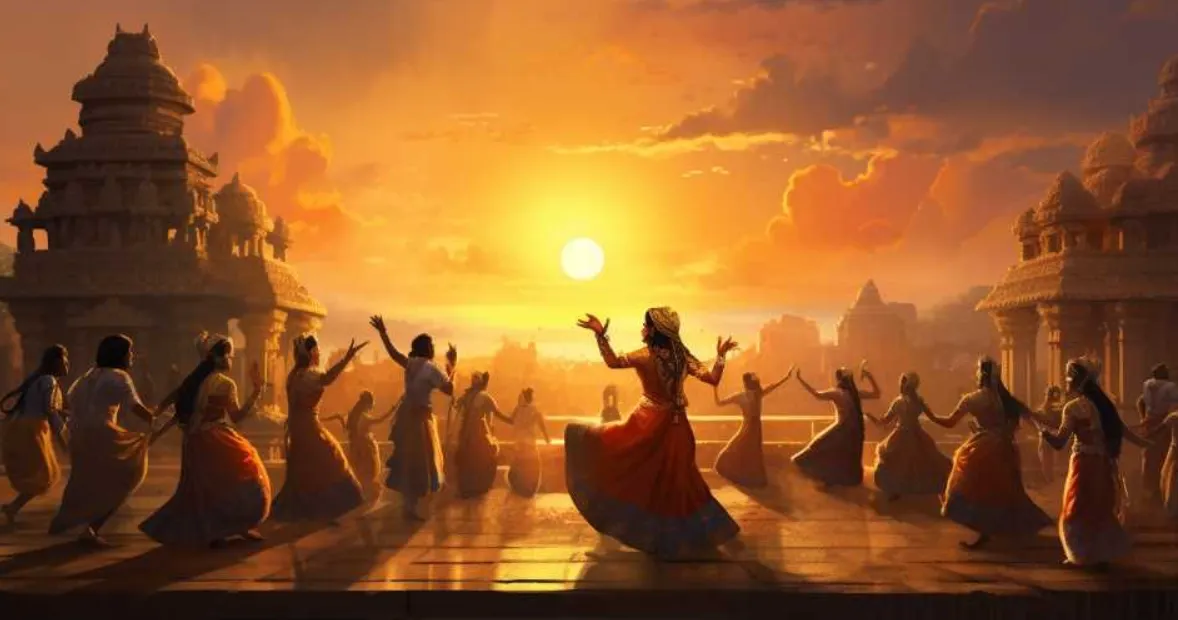
India moves to a beat you can feel long before you find the source. A dhol ripple from a nearby lane, a raga drifting from a radio at dawn, a filmi hook that turns a bus queue into a chorus – rhythm stitches together places, languages, and moods. It’s how strangers start to smile at each other, how friends warm up a room, how families turn daily chores into a shared groove. The same pulse shapes how people enjoy sport, street games, and light, competitive moments with friends: quick tension, quick release, and a grin on the other side.
Live timing is the bridge. A single drop lands like a well-timed cut shot; a syncopated clap line in a baraat matches a crowd’s rising breath during a tight chase. If you like experiences that lean on that timing – short build-ups, crisp reveals – read more at formats that mirror music’s stop-go cadence and the collective buzz that follows a clean “hit.”
Rhythm as a social language
Across the country, rhythm works like a yes without words. Four claps, a laugh, and a shoulder dip – suddenly everyone knows the next step. Garba circles bloom from two people testing a step. A Kolkata para turns a small drum into a street-long call-and-response. In weddings, the DJ pauses the track for a heartbeat and the crowd rushes the drop, a perfect example of how suspense fuels joy. The pattern is simple: tension, cue, release. That loop explains why short interactive shows, party games, and even friendly wagers feel at home – small stakes, quick outcomes, a moment to cheer together.
The filmi chorus and micro-moments
Bollywood perfected the shared hook: a melody you can hum after one listen, a beat that tells your feet what to do before your brain catches up. Those choruses turn daily life into a series of micro-celebrations. Someone nails a deadline; the team blasts eight seconds of a favorite track. A cousin wins a carrom rally; the house erupts with a movie catchphrase. Music makes the win feel bigger and the near miss easier to shrug off. That emotional smoothing – up, smile, on we go – keeps groups light on their feet when they drift from watching a match to trying a quick quiz, from a dance floor to a social, game-like challenge on a phone.
Folk roots and the comfort of loops
Before playlists, there were loops: kirtans, qawwalis, bhajans, sufi riffs, and village drums repeating patterns until the crowd fell into step. Repetition isn’t boring when it invites people in; it lowers the bar to join. Tap on two and four, clap on the turnaround – now you’re part of it. The same rule powers today’s quick-play entertainment. Clear rules, short cycles, immediate feedback: people try once, understand the beat, and decide whether to ride one more round. The joy comes less from the size of a prize and more from the feeling of being “in time” with others.
Cricket, chants, and the edge of the beat
Stands become choirs on match days. Each over writes its own rhythm: hush during a run-up, a breath held at the bounce, release at the slice past point. Chants attach to that pulse – two syllables for the bowler, a rolling cheer for the opener, a wave that catches a full block. When the big screen drops a track between overs, the stadium follows the tempo like a conductor’s hand. Off the field, friends bring that structure to living rooms – music for toss, silence for reviews, a burst for a milestone. It’s easy to see why people enjoy short, timed decisions during breaks: the beat is already set.
Street cleverness and playful sync
“Jugaad” has its own backbeat. A busker loops a bottle, a bucket, and a borrowed dhol to turn a corner into a stage. A college fest DJ strings two cheap speakers and a phone into a dance pit. The pleasure is part rhythm, part inventiveness.
One practical note for lively nights (the only list)
- Set the room like a setlist: a warm-up track, a focus window, a light reset. Keep stakes small and the point social – talk about the moment, not “beating” anything. Let music handle the lifts so choices stay calm and the fun lasts longer.
Phones, playlists, and responsible tempo
The phone is now a pocket sound system. Playlists turn commutes into soft concerts, and tiny speakers make family rooms feel fuller than they are. That convenience also tempts people to stretch nights too far. The fix is simple: time-box the session, keep budgets light, and let the tracklist define endings. A three-song block with friends, a quick cheer at a reveal, then off for chai – that rhythm respects attention and keeps memories bright. A good night leaves air in the lungs and a hook stuck in your head, not a fog.